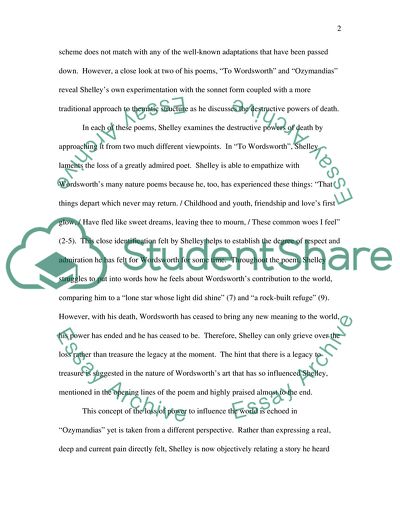Cite this document
(Percy Bysshe Shelley as Sonneteer Essay Example | Topics and Well Written Essays - 1500 words, n.d.)
Percy Bysshe Shelley as Sonneteer Essay Example | Topics and Well Written Essays - 1500 words. https://studentshare.org/literature/1707141-shelley-as-sonneteer
Percy Bysshe Shelley as Sonneteer Essay Example | Topics and Well Written Essays - 1500 words. https://studentshare.org/literature/1707141-shelley-as-sonneteer
(Percy Bysshe Shelley As Sonneteer Essay Example | Topics and Well Written Essays - 1500 Words)
Percy Bysshe Shelley As Sonneteer Essay Example | Topics and Well Written Essays - 1500 Words. https://studentshare.org/literature/1707141-shelley-as-sonneteer.
Percy Bysshe Shelley As Sonneteer Essay Example | Topics and Well Written Essays - 1500 Words. https://studentshare.org/literature/1707141-shelley-as-sonneteer.
“Percy Bysshe Shelley As Sonneteer Essay Example | Topics and Well Written Essays - 1500 Words”. https://studentshare.org/literature/1707141-shelley-as-sonneteer.


